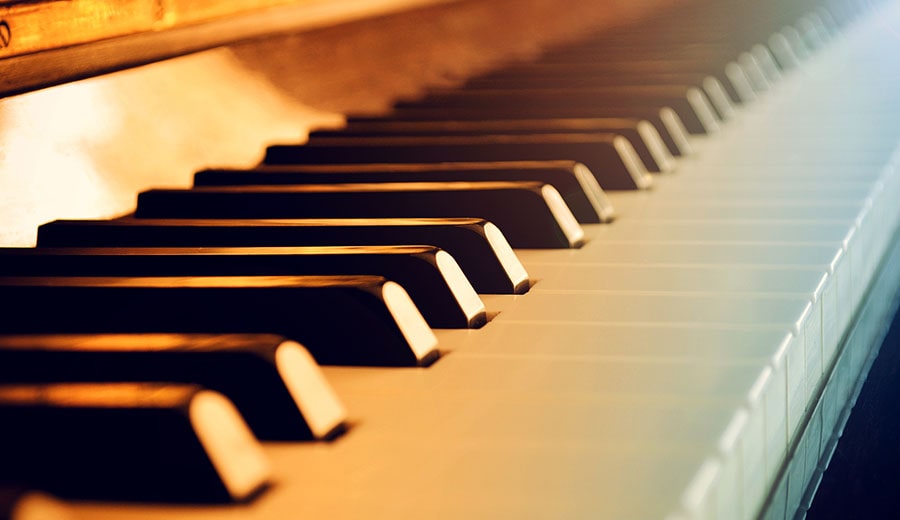Piano playing secrets

- Straddles. Leaving one of more notes out of a chord to create an open feeling.
- 2/1 & 3/1 Breakups. Breaking a chord up by playing part of the chord & then the rest of the chord.
- Waterfall Chords. Broken chords cascading down from the top of the keyboard similar to a waterfall.
- Tremolo-Fired Runs. Rapid-fire runs made of chords, but starting with a tremolo.
- Half-Step Slides. Approaching the next chord from 1/2 step above or below.
- Suspensions. Using the 4th as a "hangover" instead of the 3rd.
- Chord Substitutions. Harmonizing songs using different chords than the traditional ones.
- Voicing in 4ths. Stacking chords in intervals of 4ths instead of 3rds.
- Turn-Arounds. A chord progression that turns you around, like a cul-de-sac.
- Introductions. Creating a front door for the song.
- Endings. Creating a back door for the song.
- Transposing. Playing a song in a key different than it was written in.
- Modulating. Getting from key to key smoothly.
- Altering a Melody to Create a New Melody. Using neighboring tones to craft a new tune.
- Inversions. Instead of always playing chords in root position, using a variety of "upside down" chords.
- Creating Original Chord Progressions. Linking chords together creatively.
- Echoes - Rhythmic, Melodic, Harmonic. The easiest way to begin the arranging process.
- Touch. The difference between a sledge hammer and a pillow.
- II7 to V7 Progression. One of the most common chord progressions.
- Latin-American Rhythms. Using various rhythm patterns such as Samba, Bossa Nova, Cha Cha, etc.
- Locked Hands Style. Playing the melody in both hands with a chord under the right hand melody.
- Jazz Styles. Lush, offset beats, comping, color tones, etc.
- Two-Handed Arps. The Flowing River Of Sound. Using broken chords in both hands at the same time.
- Parallelisms. Parts moving the same direction (such as 10ths, octaves, etc.)
- Ragtime Techniques. Barrel-house and early jazz styles.
- Polytonality & Superimposition. Playing in two keys at the same time, and playing two different chords at the same time.
- Delay-Catch-Up Technique. Falling behind the beat, then catching up.
- Slash Chords. Chords over a left-hand counter melody.
- Counter-Melodies. Creating a sub-tune that is complimentary to the main tune.
- Western Sounds. Wagon-wheel bass styles, etc.
- Gospel Sounds. "Get on that church" and "shouting" styles.
- 12 Bar Blues. The basis for thousands of songs in all styles.
- Passing Tones. Tones that "pass through" the current chord.
- Question-Answer Techniques. Repeating a previous musical phrase but in a new way.
- Far-Out Harmonies. Extended chords, altered chords.
- Syncopation. Playing between the beats.

